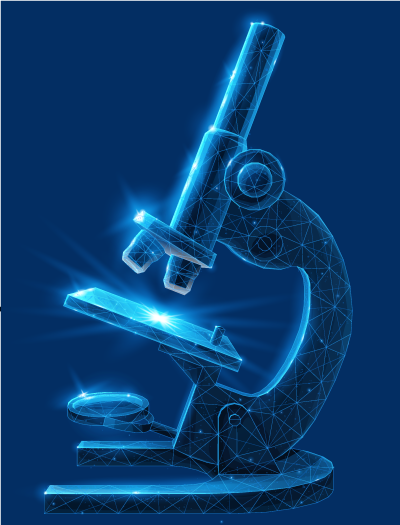
Five Key Takeaways:
1. Real-world examples of Climb in action
One of the highlights of the day was to hear real-world examples of how Climb is enhancing the accuracy, speed, and efficiency of daily research. Users spoke of the ways Climb’s flexibility enables them to experiment with and create workflows for meeting their unique needs. A notable example featured how a library of protocol templates enables a user to design and assign a new study in under 10 minutes! It’s always gratifying to hear that we’ve created something that is easy to work with and increases the efficiency of a once monotonous process, or, as one user put it, “Some things in Climb just feel like Bubble Wrap.” These stories remind our team that even the smallest changes can significantly enhance user experience.
2. Understanding game-changing Climb features
Our product team also presented new features and the product road map for the coming year. When designing new features, the team strives to create an even better and more comprehensive solution that benefits all our customers no matter what their research focus or study type or level of complexity is. One enhancement may be a game changer for one group, whereas its impact on another may be minimal. Presenting our plans to a broad group of users yields valuable feedback and helps us navigate these decision points more effectively.
3. Change management can be an underestimated part of implementations
In an ideal world, technological adoptions would be seamless: they would be quick and efficient shifts from legacy systems or spreadsheets to focused solutions and result in immediate benefits. This is not always the case. Our industry frequently sees companies return to legacy systems because of failed implementation. A key takeaway from our discussions is that organizations sometimes underestimate the resources required to change their processes, and that can lead to tensions with vendors or internal struggles. The lessons we’ve learned in our implementations have been invaluable. Many organizations are not fully prepared for the challenges of implementation, but our collaborations have enabled us to completely reimagine our onboarding process to ensure smoother transitions for users.
4. Insights into pain points
Our team gained valuable insights into what is working well for our users and what can be improved. For instance, attendees stressed their desire for improvements to the process of mid-study alterations, and they suggested ways we could improve the user experience when adding and completing Clinical Observations and Treatment Plans. Hearing firsthand about pain points is crucial as we continue to develop and refine Climb to better serve our users’ broad set of needs.
5. Climb enables collaboration and knowledge sharing
The final highlight of the day witnessed the benefits of bringing many Climb users together and providing a space where they could exchange views on their experiences and talk about how they’re designing and managing workflows. Attendees noted that collaborative process mapping in Climb could bring added benefit to groups with similar systems of working. That underscored the value of creating opportunities for knowledge sharing. The cumulative expertise and creativity of our users are immense and helped us see the value in continuing to generate opportunities for the knowledge sharing to occur.RockStep Solutions is grateful to those who were able to attend our 2024 CAB meeting and help us in our mission to make Climb the best it can be!




